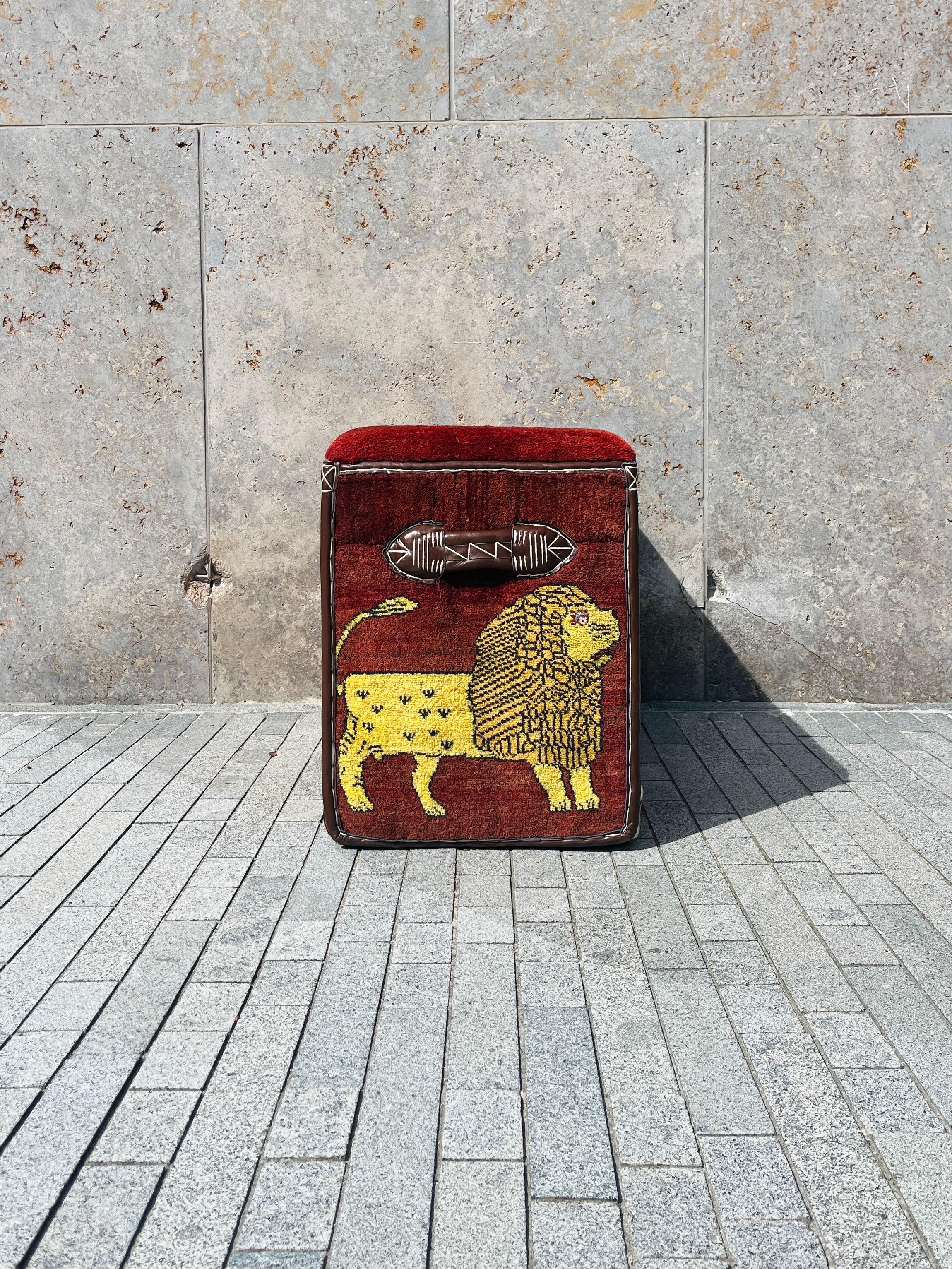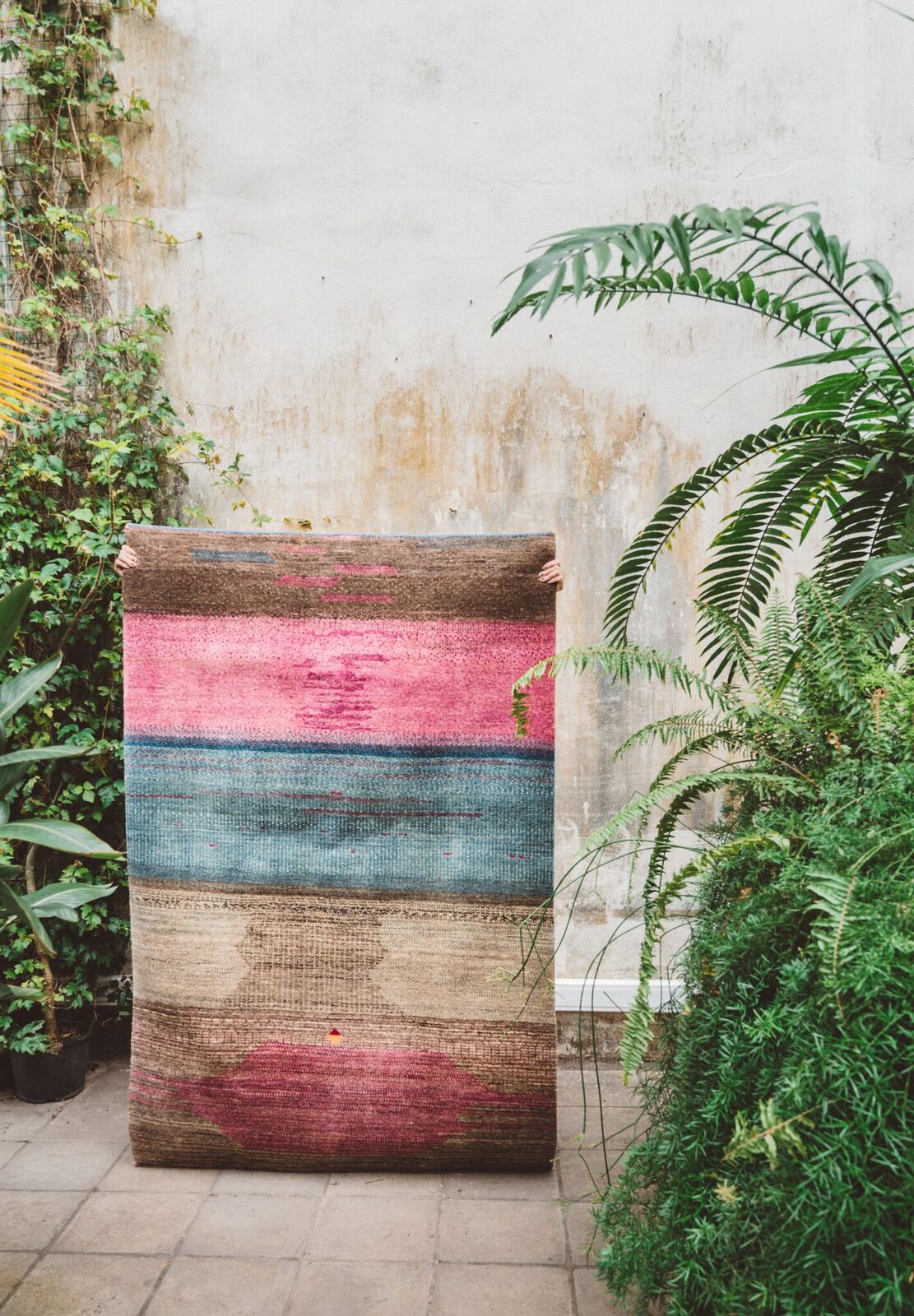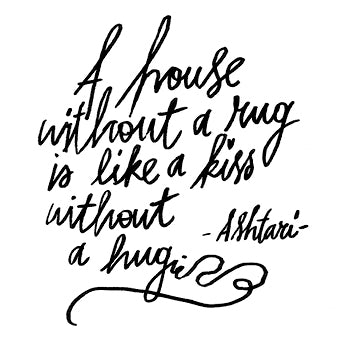KMSKA
With the grand re-opening of the KMSKA (Royal Museum of Fine Arts Antwerp) in September 2022, Antwerp-based modern artist Boy & Erik Stappaerts installed immense color walls, complementing the museum’s permanent collection of masterpieces by Rubens and Ensor, while integrating contemporary art into the mix.

The modern abstract carpet, “Polarization Red and Blue,” is inspired by Stappaerts' Polarization Paintings.
Ashtari was honored to collaborate with Boy & Erik Stappaerts on this special hand-knotted rug project. What started from mutual respect for each other’s craft turned into a beautiful artistic journey. Ashtari played a technical and advisory role in selecting materials and determining technical possibilities, contributing expertise to bring Stappaerts’ vision to life.
Ashtari Carpets translated and produced the artwork into two stunning modern abstract pieces of hand-knotted art. These rugs exude balance and harmony, much like a Tai Chi exercise that controls and introspects. The artwork's horizontal layers convey the widening socio-economic gap, with the colors representing fields of tension searching for new order—art as a tool for personal and social development.

Material/Execution/Structure/Quality/Originality
Sometimes less is more. When viewed closely, the “Polarization Red and Blue” rugs transform into intricate paintings, their 24 shades subtly shifting depending on lighting and perspective. This complexity meant there was no room for error during production, with weaving mistakes immediately noticeable. The result is an understated yet sleek design, free from luxurious materials like silk. Instead, 100% machine-spun Tibetan wool was chosen for its durability and matte texture, allowing the design to shine without unnecessary embellishment.

To achieve the perfect gradient, Ashtari had to custom-develop several shades, a time-consuming but rewarding process. The finished rugs are a testament to meticulous craftsmanship, designed to be admired from every angle. The pieces work beautifully as individual artworks or as a diptych in combination, offering endless visual appeal.

Sustainability
Ashtari is committed to using 100% natural materials like wool, bamboo, allo, cactus, and Chinese silk, avoiding virgin synthetic materials. The dyes are AZO-free Swiss dyes, ensuring environmental responsibility. Socially, Ashtari’s rug is produced by a supplier in Nepal who runs a scholars' program, supporting the education of their weavers' children since 1992. Packaging materials are also 100% recyclable, adding to the sustainability of the process.

His work
Boy & Erik Stappaerts is both an artist and an entrepreneur. While he collaborates with gallerists, mentors, and curators, he has proven to be self-sufficient in both his art and the market. Growing up in an entrepreneurial family taught him valuable skills, but it did not fully support his choice to pursue a career in art. Inspired by his artistic grandfather and a neighbor who collected abstract art, Boy & Erik Stappaerts was drawn to the art world from an early age.


After studying at St. Lucas in Brussels and the Rijksakademie in Amsterdam, he worked with prominent figures like gallerists Aurel Scheibler, Marie Puck Broodthaers, and Ronny Van de Velde, and curators Johan Pas, Philippe Pirotte, Luc Tuymans, and others, showcasing his work nationally and internationally.
Boy & Erik has developed his own abstract language, which he conveys both visually and verbally. His relentless pursuit of research and conversation fuels his artistic journey, as he invites anyone interested to explore his world and studio.











